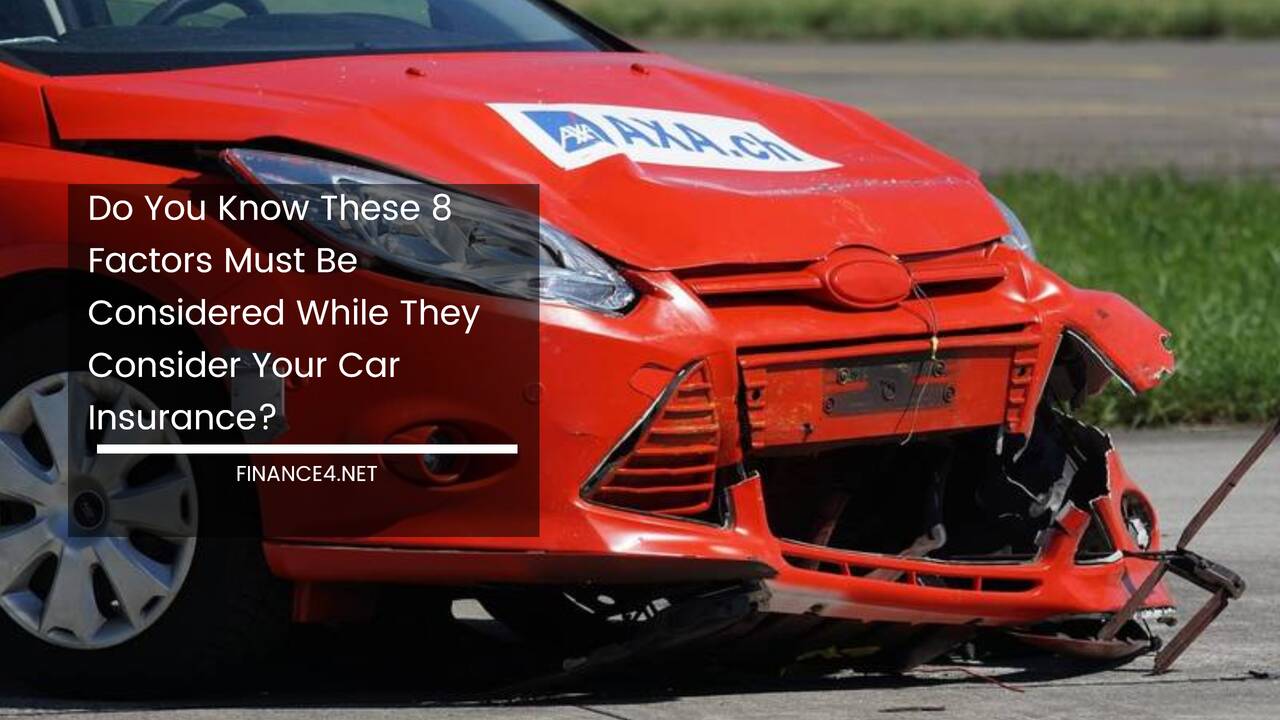4 Pillars of Protection: Choosing the Right Public Liability Insurance

Building a Safety Net: A Comprehensive Guide to Choosing Public Liability Insurance
In the dynamic world of business, unforeseen events can erupt like sudden storms, threatening to capsize even the most well-established companies.
Public liability insurance (PLI) serves as a crucial life raft in such situations, offering financial protection when a third party (someone not employed by you) suffers bodily injury or property damage due to your operations.
This guide delves deeper into the significance of PLI, explores the types of coverage available, and equips you with the knowledge to choose the ideal policy for your business.
The Unwavering Significance of Public Liability Insurance
- Financial Fortress: Lawsuits arising from third-party claims can be financially crippling. Legal fees, medical expenses, and awarded compensation can quickly drain your company’s resources. PLI acts as a financial fortress, shielding your business from such devastating blows. Even a minor slip-and-fall incident on your premises could result in a hefty lawsuit, highlighting the importance of having adequate coverage.
- Peace of Mind for Uninterrupted Growth: Running a business comes with its fair share of anxieties. PLI alleviates the constant worry of potential liabilities, allowing you to focus on core business activities and strategic growth. Knowing you’re insured empowers you to make confident decisions and navigate challenges with a clear head.
- Contractual Necessity: Many contracts with clients or vendors require you to carry PLI with a minimum coverage amount. Failure to comply could jeopardize valuable partnerships and hinder your business growth.
Beyond the Basics: Unveiling the Spectrum of PLI Coverage
While standard PLI safeguards against bodily injury and property damage, some policies offer a broader safety net:
- Products Liability: This crucial coverage protects your business from claims arising from defects in products you manufacture, distribute, or sell. A faulty product causing injury to a customer can lead to a devastating lawsuit, and products liability insurance ensures you have the financial resources to navigate such a situation.
- Contractual Liability: Breaching a contract, even unintentionally, can lead to financial losses for the other party. Contractual liability coverage safeguards your business against claims arising from such breaches.
- Pollution Liability: For businesses with operations that pose a potential environmental risk, pollution liability insurance is vital. It covers costs associated with accidental environmental damage caused by your business activities, such as a chemical spill or improper waste disposal.
- Advertising Injury: Marketing blunders can have legal consequences. Advertising injury coverage protects your business from lawsuits for libel, slander, or copyright infringement in your marketing materials. An inadvertent plagiarism claim in your website content could be financially disastrous without this coverage.
Tailoring Your Shield: Key Considerations for Choosing the Right PLI Policy
Choosing the right PLI policy requires careful consideration of several factors:
-
Unveiling the Risks: The first step is to identify the potential risks associated with your industry and specific business operations. Consider factors such as:
- Customer Traffic: Businesses with high customer foot traffic, like retail stores or restaurants, have a higher risk of slip-and-fall accidents.
- Worksite Hazards: Construction companies, manufacturing facilities, and businesses with machinery or hazardous materials face increased risks of workplace accidents that could impact third parties.
- Products You Handle: Businesses that manufacture, distribute, or sell products have an inherent risk of product liability claims.
-
Coverage Limits: Striking the Right Balance: The policy’s coverage limit dictates the maximum amount the insurance company will pay for a claim. Here’s how to strike the right balance:
- Assess Industry Standards: Research the typical coverage limits carried by businesses in your industry.
- Consider Potential Costs: Don’t underestimate potential legal fees and medical expenses. A higher coverage limit may provide peace of mind and prevent financial strain in the event of a large claim.
- Seek Professional Guidance: An insurance broker specializing in business insurance can help you determine the appropriate coverage limit for your specific needs.
-
Policy Exclusions: Understanding the Gaps: Policy exclusions are situations where coverage is not provided. It’s crucial to meticulously review these exclusions in the policy wording. Common exclusions might include:
- Deliberate Acts: The insurance company will not cover claims arising from intentional acts of misconduct.
- Pollution Damage (unless specifically covered): Accidental environmental damage may not be covered unless you have specific pollution liability coverage.
- Employee Injuries: These are typically covered by separate employer’s liability insurance.
- War and Terrorism: Some policies may exclude coverage for damages resulting from war or terrorism.
Ensure the exclusions don’t leave you exposed in critical areas for your business. If necessary, negotiate with the insurance company to modify exclusions or seek additional coverage options through riders or endorsements.
- Cost Considerations: Optimizing Your Investment: While cost is a natural concern, prioritize obtaining adequate coverage over seeking the cheapest option. Here are some strategies to optimize your PLI investment:
-
- Maintain a Safe Work Environment: Implementing robust safety protocols and accident prevention measures can lead to lower premiums over time.
- Shop Around and Compare: Obtain quotes from multiple reputable insurance companies. This allows you to compare coverage options, pricing structures, and identify the best value for your needs.
- Seek Professional Guidance: Consult an insurance broker who specializes in business insurance. They can leverage their expertise to negotiate competitive rates on your behalf.
- Maintain Good Records: Document your safety procedures, risk management practices, and any past claims. Demonstrating a proactive approach to risk mitigation can positively influence your insurance premiums during renewals.
Beyond the Policy: Additional Tips for a Secure Future
- Read the Fine Print: Before signing any policy, thoroughly read and understand the entire document. Ask clarifying questions if anything is unclear.
- Maintain Open Communication: Maintain clear communication with your insurance company regarding any changes in your business operations or risk profile. This ensures your coverage remains adequate and avoids coverage gaps.
- Regular Policy Review: Schedule periodic reviews of your PLI policy with your insurance broker. As your business evolves, your risk profile may change, necessitating adjustments to your coverage.
Final Thoughts: Building a Fortress for Long-Term Stability
Public liability insurance is an investment in your business’s long-term resilience. By meticulously assessing your risks, choosing the right coverage level, and understanding policy details, you can construct a robust financial shield for your company.
With a comprehensive PLI policy in place, you can navigate the ever-changing business landscape with greater confidence, focusing your energy on achieving success and propelling your business forward.
Remember, PLI serves not just as a safety net but as a cornerstone of sustainable business growth. Don’t wait for an unforeseen event to disrupt your progress – secure a comprehensive PLI policy today and build a fortress of protection for your business’s future.



